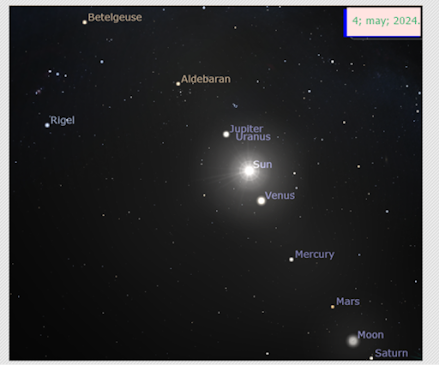Understanding the Debate Around Identity Politics

In recent years, identity politics has become a buzzword in political and social discussions, often evoking strong reactions from both advocates and critics. The term, while frequently used, can be misunderstood or reduced to a caricature of its actual meaning. In this blog, we’ll break down what identity politics is, why it sparks debate, and how it impacts society. What is Identity Politics? At its core, identity politics refers to political positions and movements that advocate for the interests of specific groups based on shared characteristics such as race, gender, sexual orientation, religion, or nationality. The aim is often to address systemic inequalities, discrimination, and historical marginalization faced by these groups. For instance, movements like the civil rights movement in the U.S. or women’s suffrage were examples of identity politics long before the term became mainstream. These movements centered on specific identity-based struggles but aimed at broader socie...
















